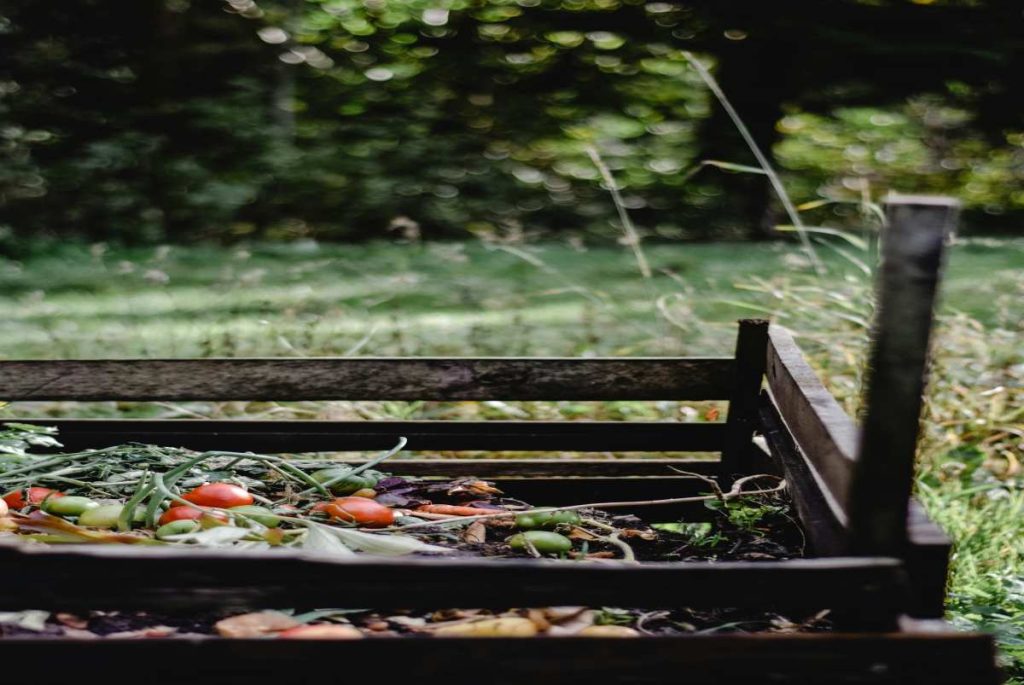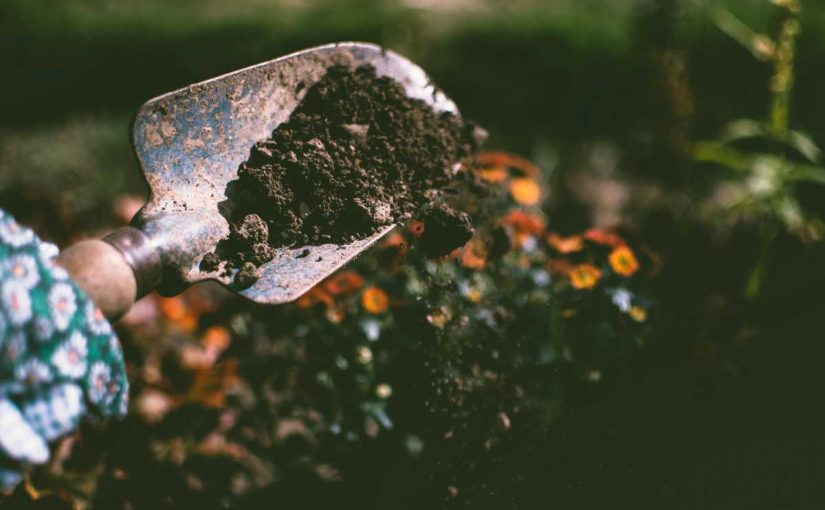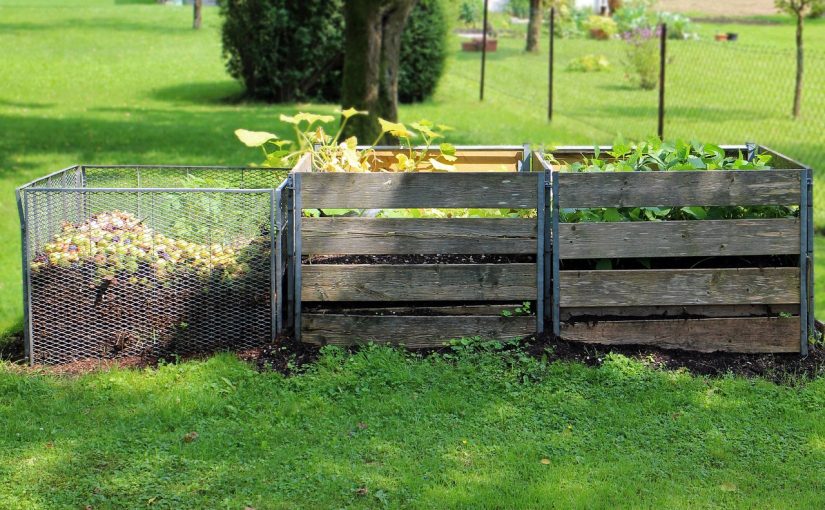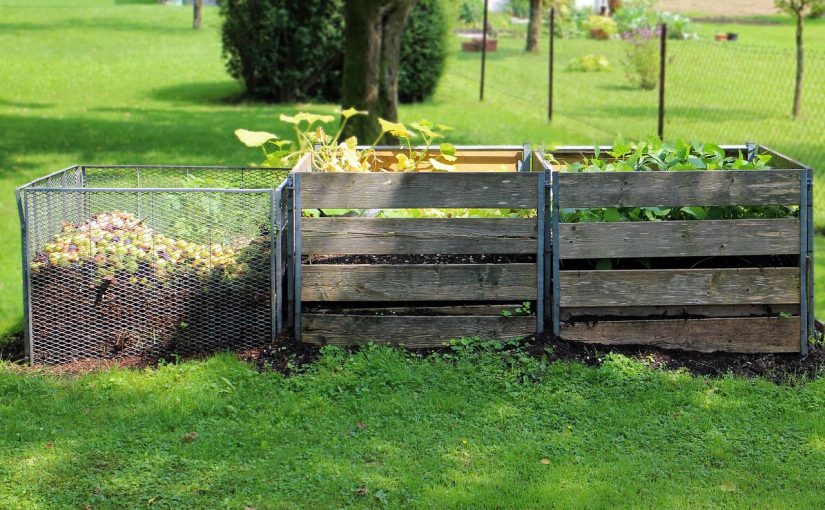Composting is an effective way to recycle organic waste and create nutrient-rich soil for your garden. However, even the most experienced composters can make mistakes that can slow down the decomposition process or affect the quality of the final product. If you’re new to composting, or even if you’ve been composting for a while, it’s important to avoid these common errors. Here are 5 common composting mistakes and how to avoid them for a successful, thriving compost pile.
1. Using the Wrong Materials
Mistake:
One of the most common mistakes beginners make is adding the wrong materials to their compost pile. While it’s tempting to throw in everything organic, not all materials are compost-friendly. Some items, like meat, dairy, oily foods, and pet waste, can cause unpleasant odors and attract pests, making your compost pile unmanageable.
How to Avoid It:
- Do Add: Kitchen scraps like fruit and vegetable peels, coffee grounds, eggshells, and yard waste such as grass clippings and leaves. These provide the right balance of nitrogen (greens) and carbon (browns).
- Don’t Add: Avoid adding meat, dairy products, pet waste, or anything oily. These can cause odors and invite pests into your compost bin.
- Know the Balance: Aim for a good balance of “greens” (nitrogen-rich materials) and “browns” (carbon-rich materials). A 3:1 ratio of browns to greens is ideal.
2. Not Maintaining the Right Moisture Levels
Mistake:
Too much moisture or too little moisture can both be detrimental to your compost pile. If your compost is too dry, the microorganisms that break down the organic matter will be unable to thrive. On the other hand, if it’s too wet, the pile can become soggy, leading to a lack of oxygen and a slow decomposition process.
How to Avoid It:
- Ideal Moisture: Your compost should be as moist as a wrung-out sponge — damp but not soaking.
- How to Check: Squeeze a handful of compost. If water drips out, it’s too wet; if it crumbles, it’s too dry.
- Fixing Too Wet: If your compost pile is too wet, add dry browns like shredded paper, cardboard, or leaves. Turn the pile to aerate it and help excess moisture evaporate.
- Fixing Too Dry: If it’s too dry, water the pile gently with a hose or watering can until it reaches the right moisture level.

3. Not Turning the Pile Enough
Mistake:
Turning your compost pile is essential for promoting aeration and ensuring that the materials break down evenly. If you don’t turn your pile regularly, it can become compacted, restricting airflow and causing the pile to break down slowly or unevenly.
How to Avoid It:
- Turn Regularly: Aim to turn your compost pile at least once every 2-3 weeks. This allows oxygen to reach the center of the pile and speeds up decomposition.
- How to Turn: Use a pitchfork, compost aerator, or shovel to mix the compost. If the pile is too large, consider using a compost tumbler to make turning easier.
- Avoid Over-Turning: While turning is important, don’t overdo it. Excessive turning can cause the pile to dry out or disrupt the microbial process.
4. Not Shredding or Chopping Materials
Mistake:
Adding large pieces of material to your compost pile can slow down the decomposition process. Larger items, like whole branches or uncut leaves, decompose much more slowly compared to smaller, shredded materials.
How to Avoid It:
- Shred or Chop: Break down larger materials into smaller pieces before adding them to your compost bin. Use a shredder for leaves and paper or chop up branches and stems with pruning shears or a garden saw.
- Smaller Pieces Decompose Faster: The smaller the material, the faster the microorganisms can break it down, helping your compost to mature more quickly.
- Consider the Size of Your Bin: If you have a smaller compost bin, you may want to cut down materials to fit better and decompose faster.
5. Not Monitoring the Temperature
Mistake:
If you’re not paying attention to the temperature of your compost pile, you might miss the signs of poor decomposition. A pile that’s too cold can slow down or even stop the composting process, while a pile that’s too hot may lose beneficial microbes, making it difficult to break down materials.
How to Avoid It:
- Ideal Temperature Range: The optimal composting temperature is between 130°F and 160°F (54°C to 71°C). This is when microorganisms are most active and break down materials quickly.
- Use a Thermometer: Invest in a compost thermometer to monitor the temperature of your pile. If it’s too hot (above 160°F), turn the pile to cool it down. If it’s too cold (below 110°F), add more greens or turn the pile more frequently to help raise the temperature.
- Insulate in Winter: If you live in a cold climate, consider insulating your compost pile with straw bales or placing it in a compost bin to retain heat during the winter months.
Conclusion
Composting is a straightforward process, but it does come with some potential pitfalls. By avoiding these 5 common mistakes — using the wrong materials, improper moisture levels, insufficient turning, not shredding or chopping materials, and ignoring temperature — you’ll be well on your way to creating a rich, healthy compost pile. A little attention and care can help you transform your organic waste into valuable, nutrient-dense compost for your garden, all while reducing your environmental impact. Happy composting!



